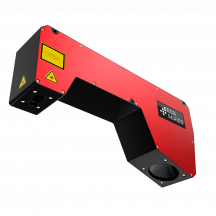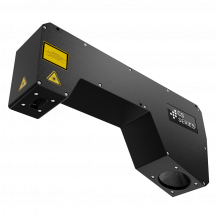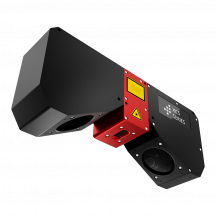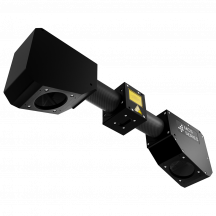3D Intelligent Algorithms – Translating a laser line to a height profile
On this page
Laser Triangulation: From Laser Line to Height Profile
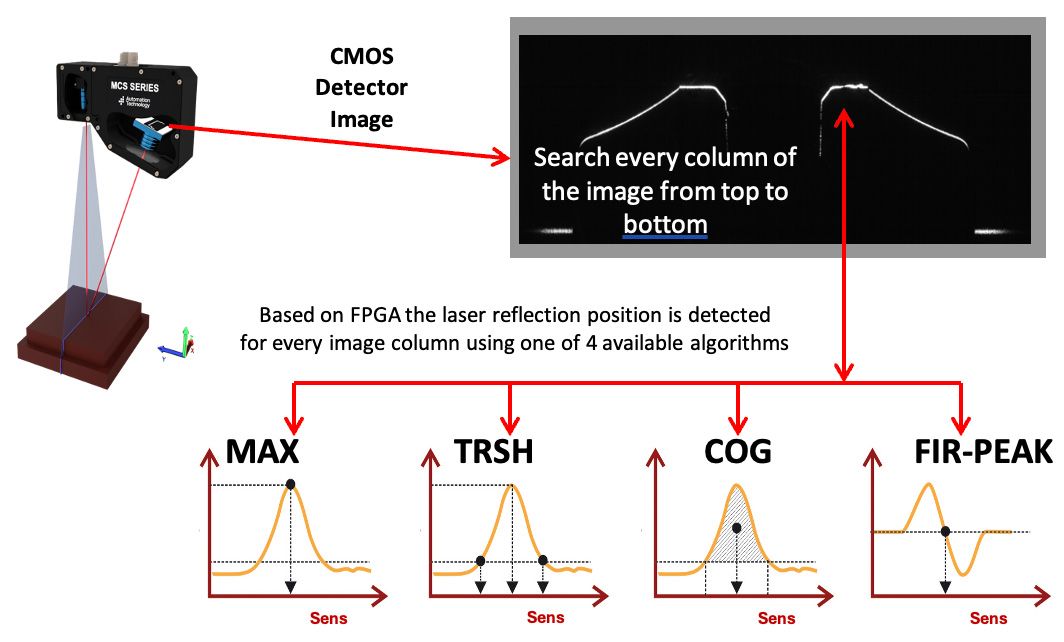
Laser triangulation works by projecting a laser line onto an object and capturing its reflection at an angle on a CMOS detector. When examining a column of pixels on the CMOS detector, the light intensity forms a Gaussian curve (resulting in a peak).
Within the sensor, there are four selectable algorithms to translate this curve of reflection data into height or position information. The calculated laser line positions from a single image are referred to as a profile, representing a cross-section of the target object. By moving either the sensor or the object, multiple height profiles are collected to generate a complete 3D representation of the object.
Maximum Intensity Profile Mode (MAX)
- The position value of the maximum point (𝑃MAX)
- The maximum intensity value (𝐼MAX)
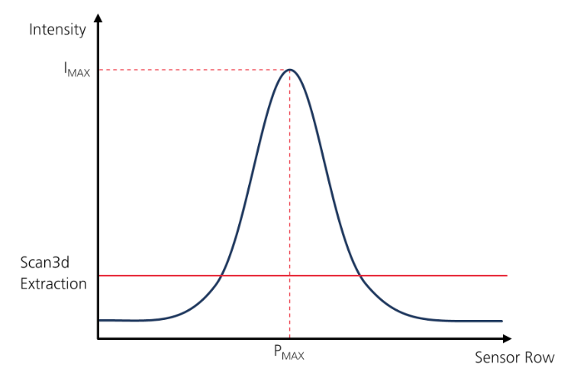
The position is determined with pixel accuracy (e.g., for 3072 rows, the range is from 0 to 3071 pixels, corresponding to 12-bit resolution). If multiple local maxima exist (e.g., due to intensity saturation), the position of the first detected maximum is output. Intensity saturation can be avoided by using additional sensor features.
Threshold Mode (TRSH)
In this algorithm mode the positions of the left (𝑃𝐿) and right (𝑃𝑅) edges of the laser beam profile are identified based on a defined intensity threshold.
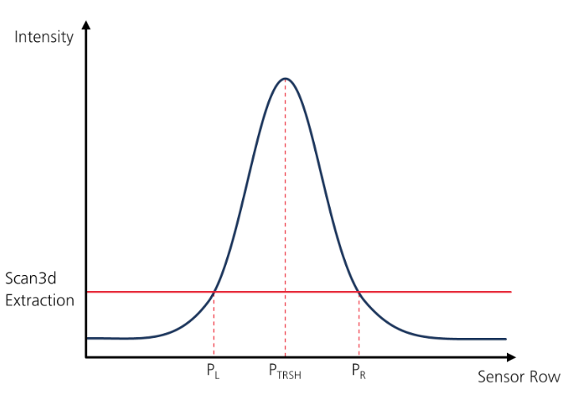
The final position of the laser line is calculated as the average:
𝑃TRSH=(𝑃𝐿+𝑃𝑅)2.Center Of Gravity Mode (COG)
- The left edge position (𝑃𝐿) of the laser beam profile at a given intensity threshold.
- The sum of intensity values (𝐼𝑆): 𝐼𝑆 = ∑𝐼𝑝
- The first-order moment (𝑀𝑆): 𝑀𝑆 = ∑(𝐼𝑝 × 𝑃)

The position value of laser line (center of gravity of beam profile) is then obtained from:
𝑃𝐶𝑂𝐺=𝑃𝐿+𝑀𝑆𝐼𝑆
This algorithm achieves high subpixel precision, and the average intensity of the laser beam can also be calculated by normalizing the intensity sum (𝐼𝑆) by the line width.
FIR Peak Mode (FIRPeak)
This mode calculates the first derivative of the intensity Gaussian curve of the laser beam profile.

The zero-crossing of the first derivative is detected and output with subpixel accuracy. This method requires two threshold values to operate effectively.
